Have you ever gone to a Chinese grocery store and seen vegetables you have never heard of or tried? You may have seen one on a Chinese restaurant’s menu or on someone’s dinner table, but you weren’t sure what it is called. Here are eight fresh leafy and green vegetables that Chinese love to cook and eat:
- Common Chinese Vegetables:
Chinese are very concerned with their health and vegetables are an important component of a meal. Vegetables can be seen cooked with proteins or as a stand alone dish. Chinese like to eat a variety of vegetables and most vegetables are cooked before eating. Vegetables are often stir fried, blanched, added to soups, or topped with sauce. There are some vegetables that Chinese will pickle and preserve, but we will cover that in another post. I have included links to recipes for these vegetables.
Bok Choy (aka Xiao Bai Cai)
Bok Choy is getting increasingly popular and is now often sold by non-Asian grocers. There are two common types of bok choy. One with white stems and dark green leaves and one with green stems and lighter green leaves, called Shanghai bok choy. Both types also come in “baby” versions, which just means younger and smaller. Both version are very easy to wash and prepare for cooking, which is a big plus.
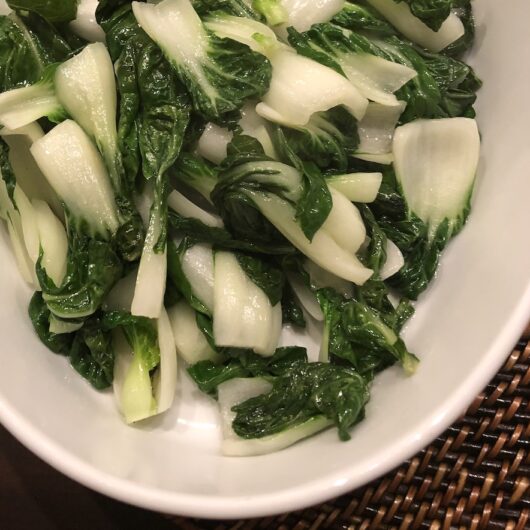
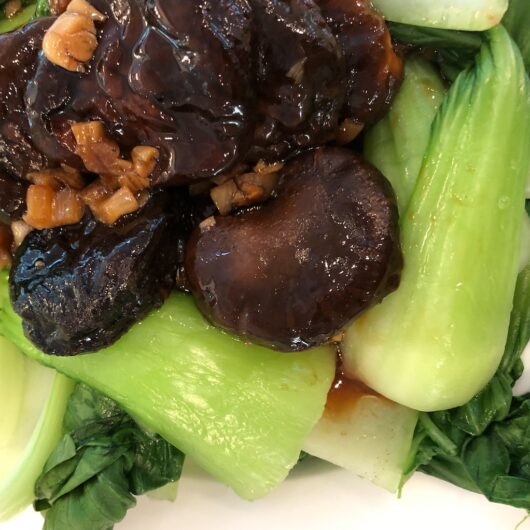
Recipes for Bok Choy:
Choy Sum (aka You Cai)
Choy Sum (aka You Cai) has a long green stem with large leaves. This one is a little harder to find, but usually Chinese grocers will carry this vegetable. This vegetable is best quickly blanched or stir fried without letting the stems get too soft. You want to leave some crunch otherwise it will get tough to eat.
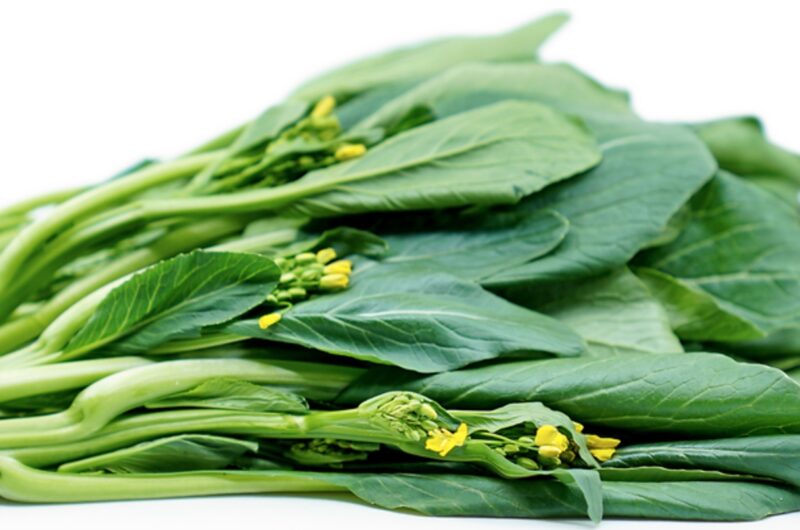
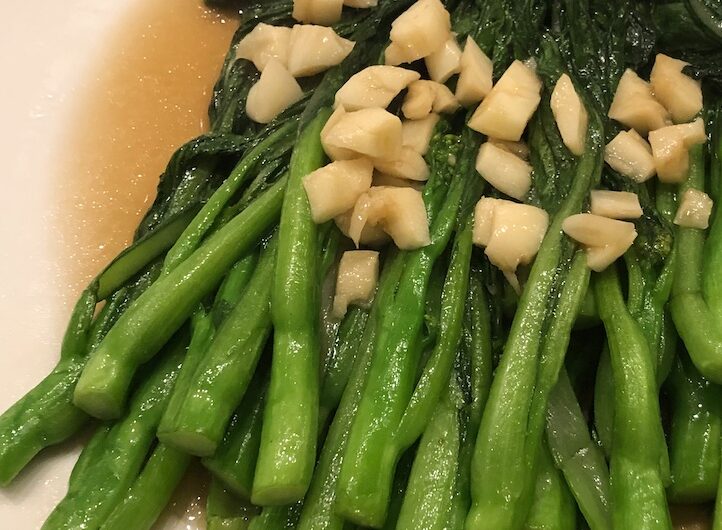
Choy sum (aka you cai) can be often seen accompanying soup noodles or with oyster sauce drizzled on top. Many Chinese restaurants, especially dim sum and noodle restaurants, often offer this vegetable as a dish.
Click here for a recipe on garlic stir fried choy sum.
Pea Shoots (aka Dou Miao)
Pea shoots (also known as Dou Miao) are the younger stems and leaves of the snow pea plant. They have a light nutty flavor like peas. When the plant grows big enough, it will produce snow pea pods. However, those leaves and stems become too tough to eat. For this reason, it is important to buy younger snow pea shoots and go through the process of picking off the “older” parts of the stem, the tendrils, and break the stem into bite-size sections. This can be a tedious process, so be prepared for some preparation work when you buy this. You can tell pea shoots are just right when the stems are crisp and can snap in half easily. The work is totally worth it though, because this is one of the more flavorful and delicious vegetables Chinese people like.
Click here for instructions on how to prepare pea shoots.
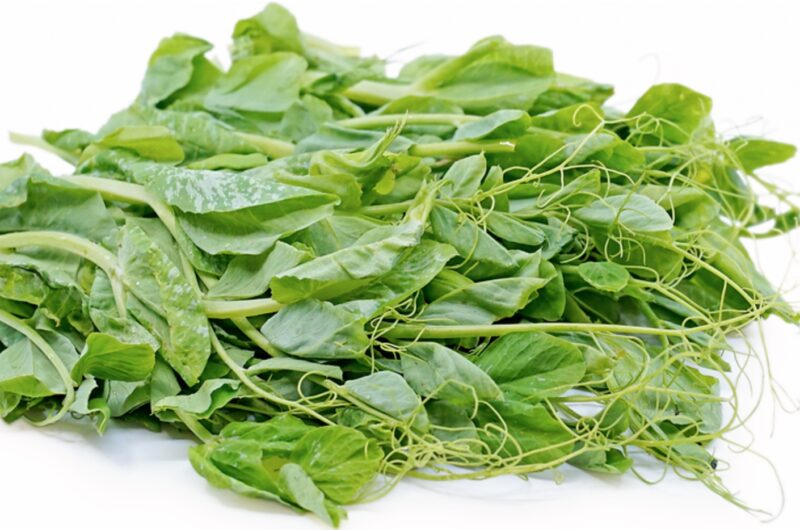
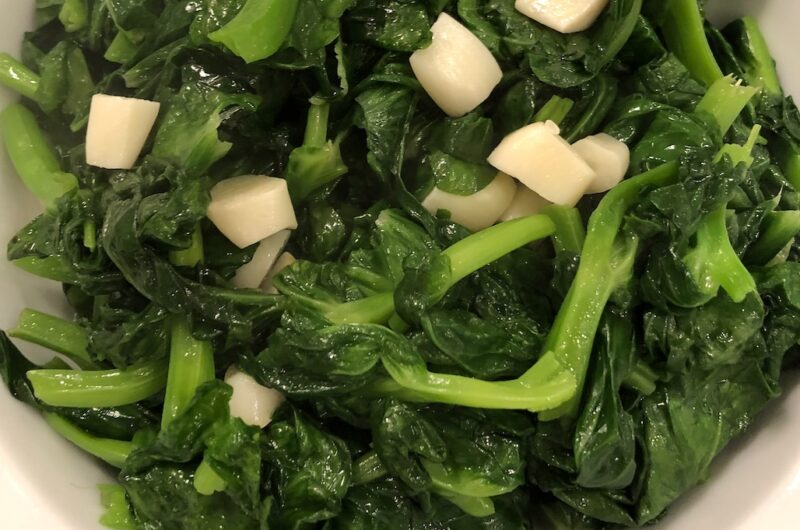
Napa Cabbage (aka Da Bai Cai)
Napa cabbage is a versatile vegetable, because it does not have a lot of flavor. These days it can be easily found in everyday grocery stores. It is quite healthy for you, because it has high fiber content, is high in antioxidants and a variety of vitamins. Napa cabbage can also add texture or bulk to a dish. It can absorb flavoring and is delicious raw, slightly cooked, or even braised. Chinese will often use Napa cabbage as an ingredient added to ground pork for dumpling fillings or as part of noodle stir fries.
Napa cabbage is best cooked with something that will provide some flavoring. Click here for an example of Napa cabbage stir fried with dried shrimp.
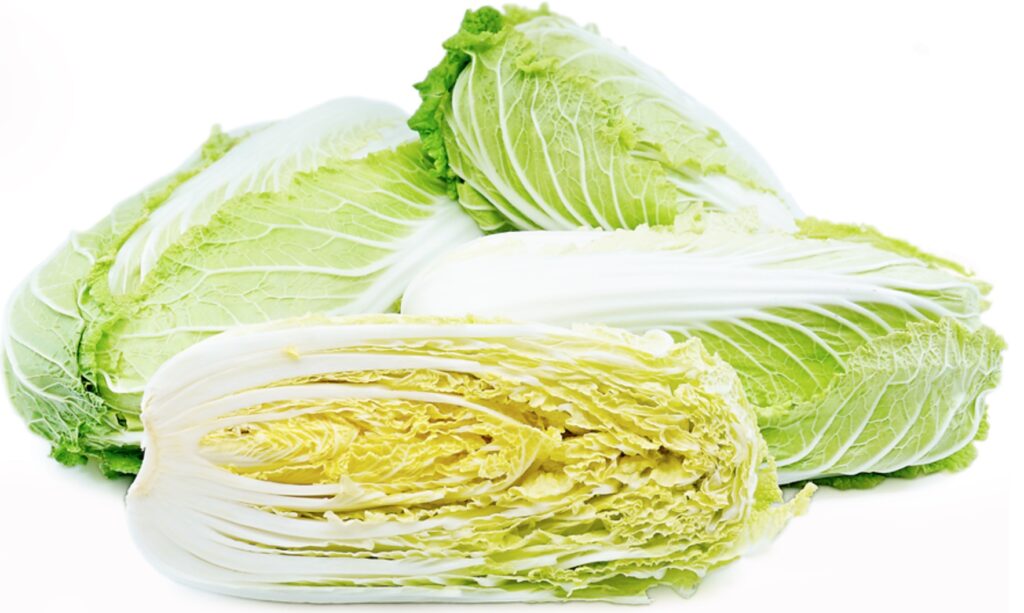
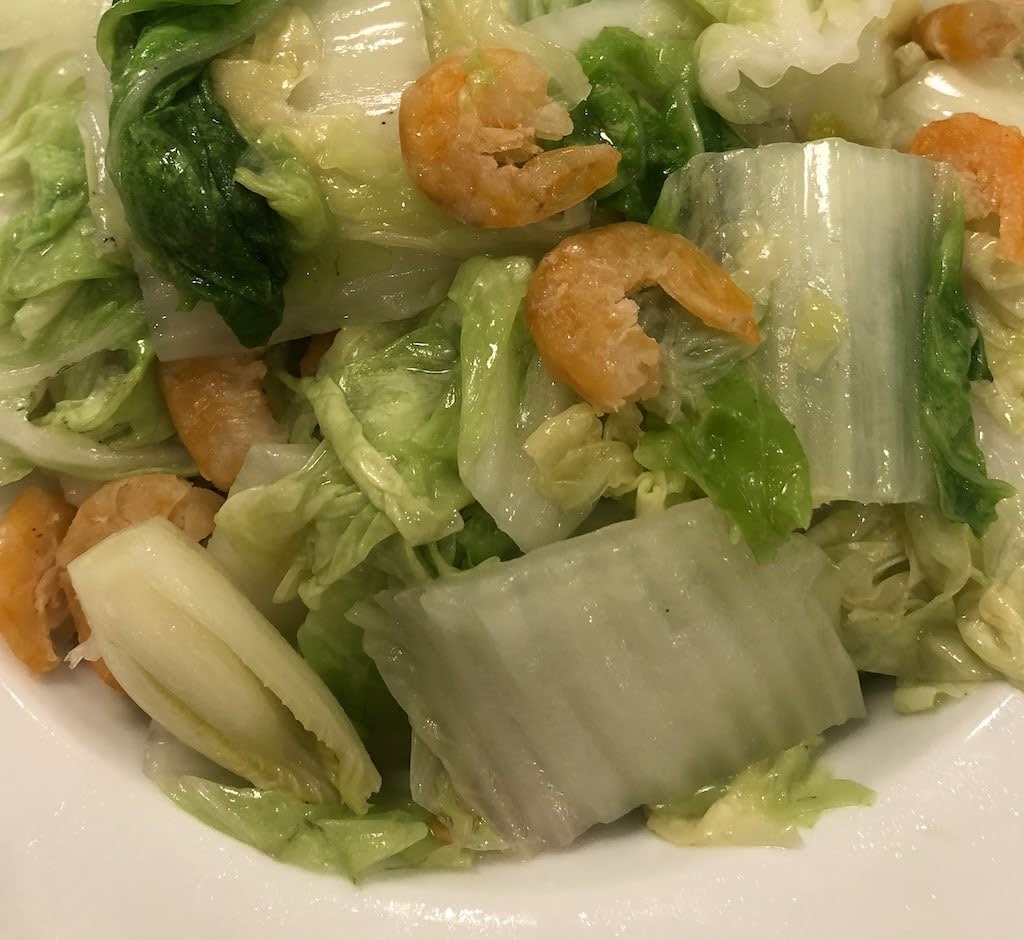
Taiwanese Cabbage
Taiwanese cabbage is different from traditional green cabbage. It has smoother and thicker leaves than green cabbage and is flatter in shape. It’s leaves are light green in color with white interior stem. Taiwanese cabbage is an excellent source of vitamin C, some iron, vitamin B6, calcium, and magnesium.
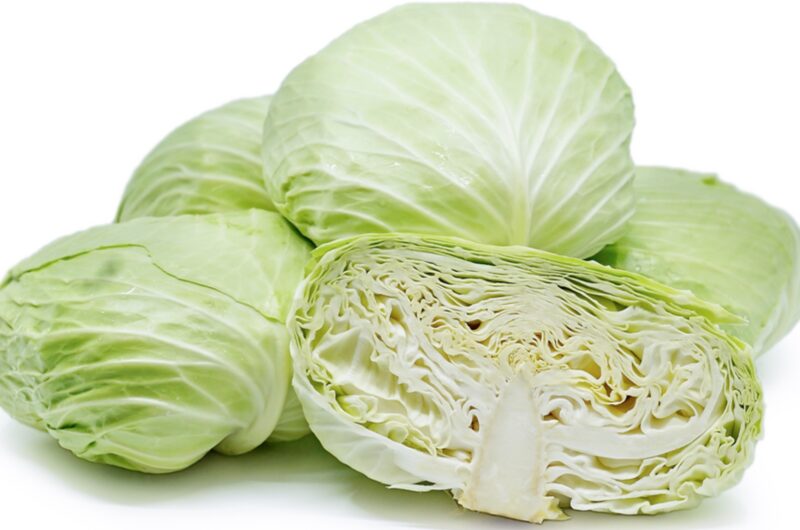
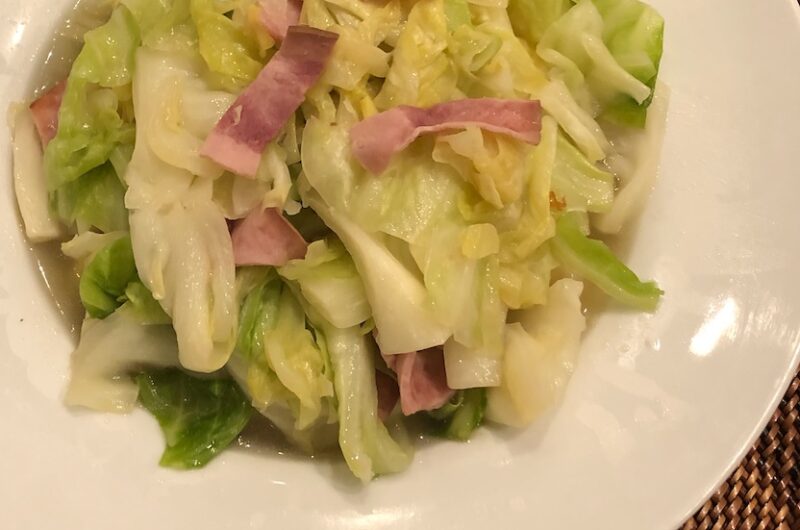
Taiwanese cabbage has a sweet flavor when cooked, but similar to Napa cabbage has a mild flavor. It does require some extra time to cook for the leaves to soften though, so it is not a good candidate for stir fry. The best way to use this vegetable is to put it in soups or use broth to cook and steam the vegetable until tender. It is also best to cook this vegetable with some added flavoring since its own flavor is mild. Click here for a Taiwanese cabbage and ham recipe.
Chives
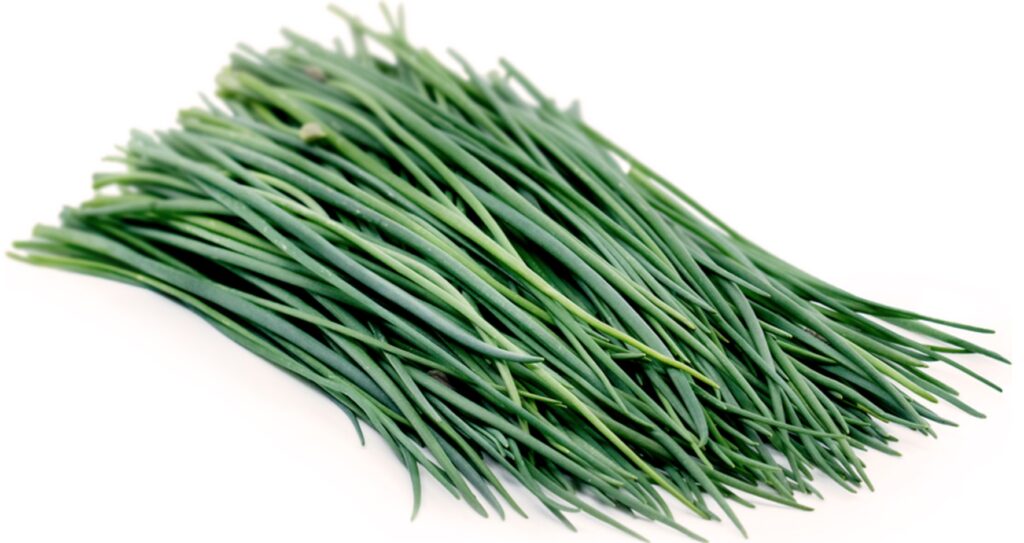
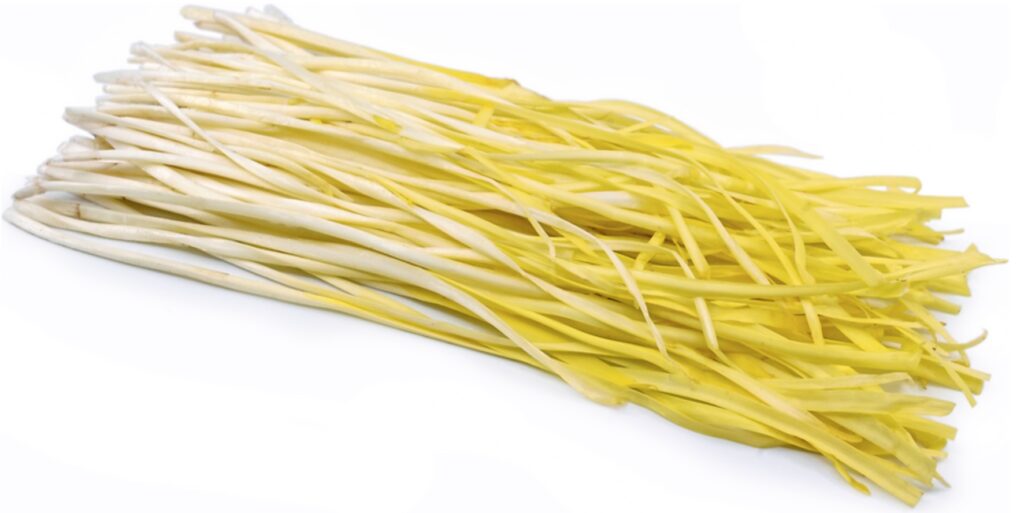
Chinese eat chives in two common different versions: green and yellow. Chives’ flavor is similar to a cross between scallions and onions. As such, this vegetable can add some onion-scallion flavoring to a dish. Yellow chives are just green chives grown without sunlight and can be more tender and sweeter than the green version. The cooked texture is similar to scallions. Chinese will sometimes cut chives very finely to add as an ingredient to dumpling filling or chop into longer sections to stir fry.
- Recipes to cook chives:
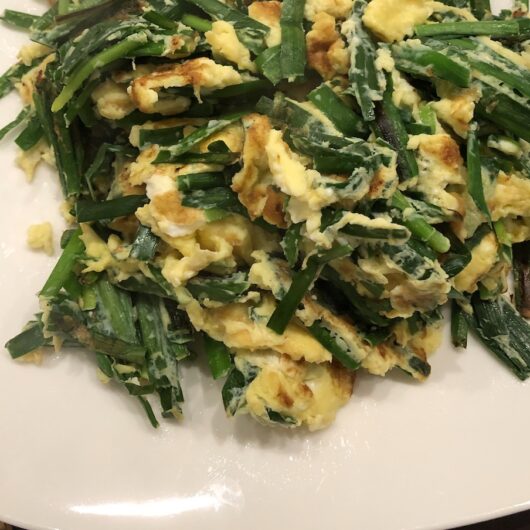
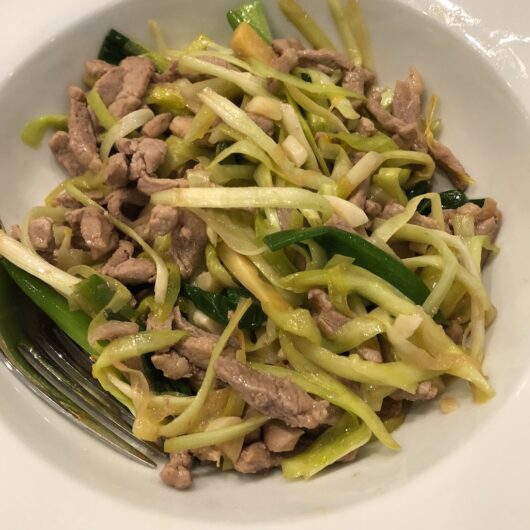
Long Beans
Chinese long beans are different from traditional green beans. They are very long – in fact, they can grow up to 30 inches long. However, for best flavor they are generally harvested at 12-18 inches long. Chinese long beans are crisp and have a more bean flavor than traditional green beans.
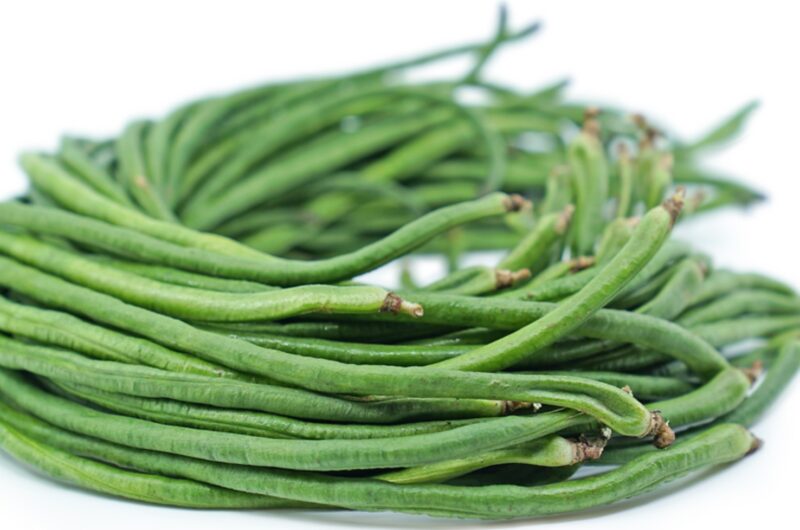
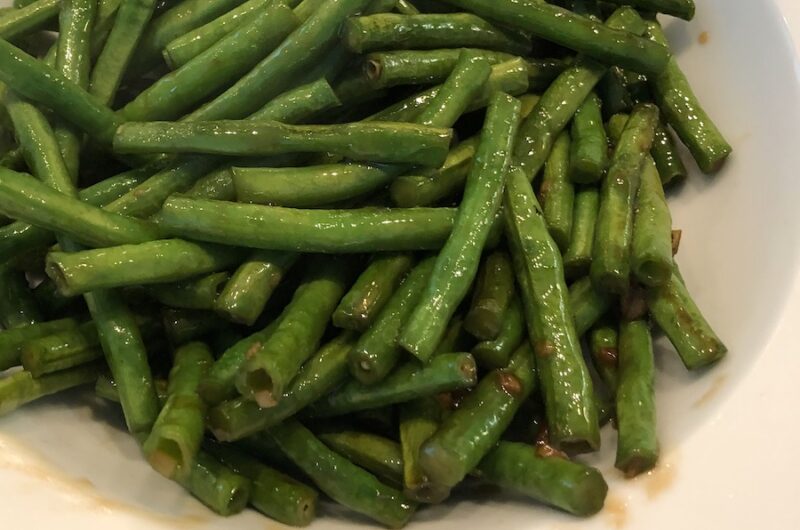
Chinese long beans absorb flavoring well if cooked quickly and properly. These beans can become tough if it absorbs too much water, so avoid blanching or boiling these beans. The best way to cook these beans is to stir fry, deep fry, or grill at high heat and then steam for a few minutes to soften slightly.
Click here for a Long Bean Stir Fry recipe.
Chinese Broccoli (aka Gai Lan or Jie Lan)
Chinese broccoli (aka Gai Lan or Jie Lan) can often be confused with Choy Sum (aka You Cai), but it is different and tastes different as well. Chinese broccoli does have a flavor more similar to traditional green flower broccoli. Its stems are also harder and thicker than Choy Sum. Chinese broccoli is often found accompanying soup noodles and with oyster sauce drizzled on top. It can be cooked easily with blanching and boiling. If you shave some of the thicker parts of the stem, then it is also a fine candidate for stir fry as well.
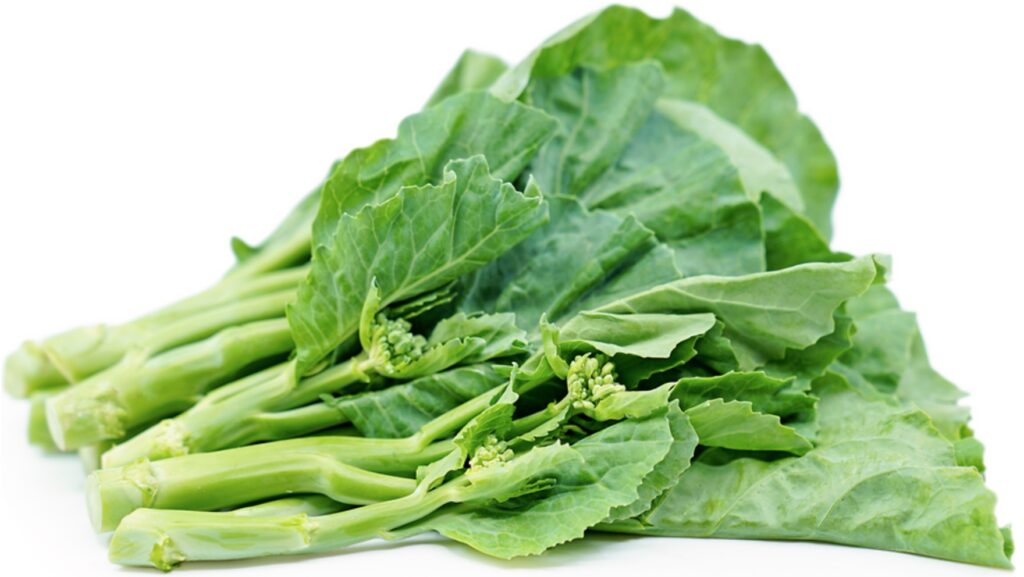
There are still other vegetables that Chinese like to eat, including root vegetables like Taro Root, but I will discuss them in another post. Stay tuned!







